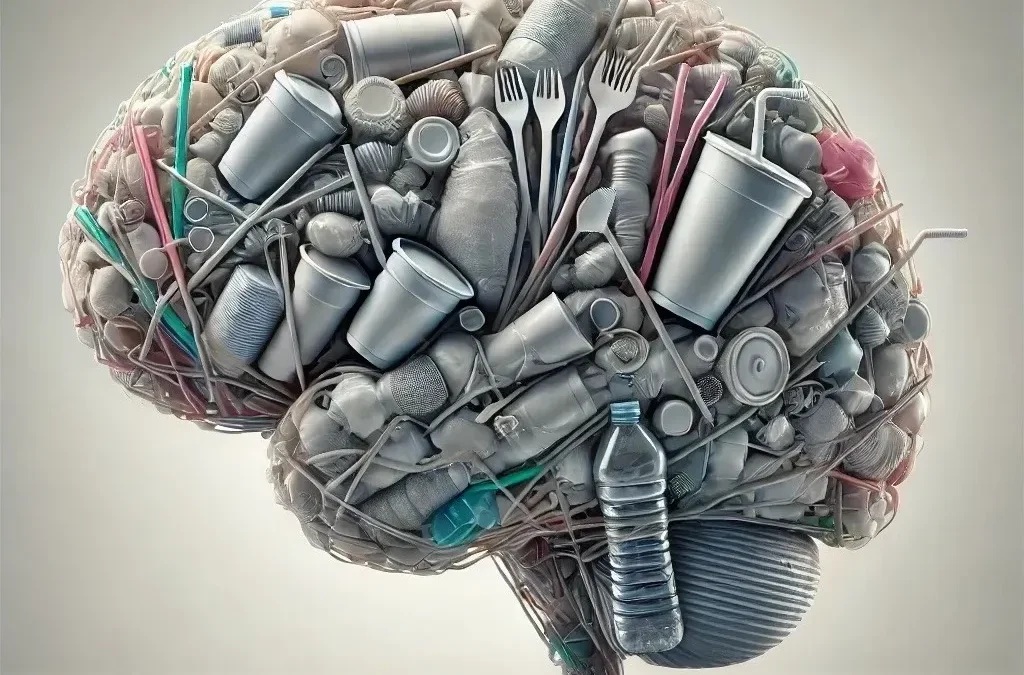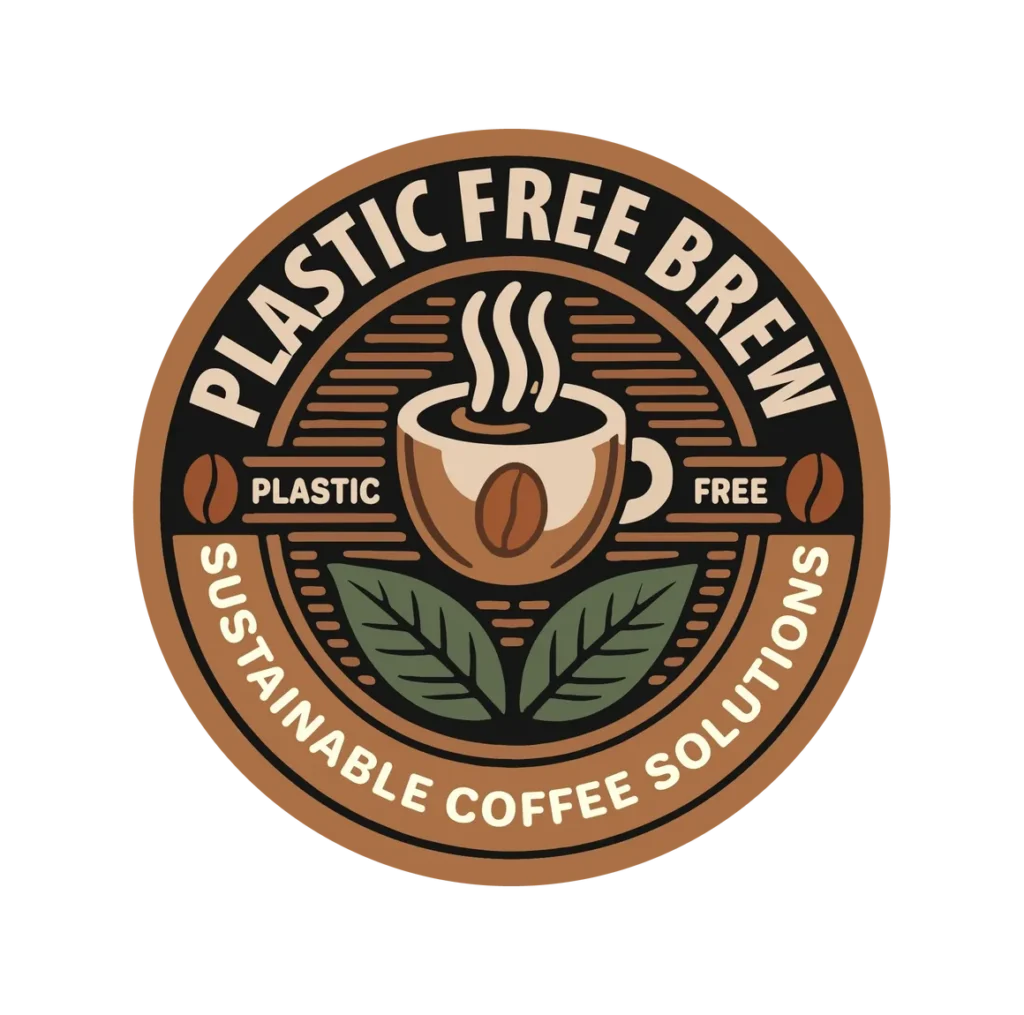When Bill Maher sat down with Chris Cuomo recently, he dropped a bombshell that caught everyone’s attention: his biggest fear isn’t Donald Trump—it’s plastics. In a clip shared by Jason Cohen (@JasonJournoDC), Maher said, “Plastic … What do I really think is going to get me? I don’t think it’s Trump, although I obviously have my issues. I think probably the likeliest source immediately would be a car accident, and after that, it’s plastic and the air I breathe here in Los Angeles.” At first, this might sound like an odd concern from the outspoken comedian, but science is increasingly proving Maher right—plastics, especially microplastics, are a growing health threat we can’t ignore.
Microplastics Are Invading Our Bodies—and Our Brains
Microplastics—tiny plastic particles smaller than 5 mm—are everywhere: in our water, food, air, and even our bodies. A 2025 study published in JAMA Network Open found microplastics in the Brain and other human tissues, with “the most common polymer detected was polypropylene (43.8%)” (JAMA Network Open, 2025). This isn’t just a random finding—polypropylene is a “food grade” plastic used in countless everyday items, from food packaging to single-serve coffee pods. But what’s most alarming is where these microplastics are showing up: in our lungs, bloodstream, and even our brains.
Research from Environment & Health highlights the main pathways of human exposure to microplastics: oral intake, inhalation, and skin contact, with oral intake being the most common. The study estimates that humans ingest 39,000 to 52,000 microplastic particles per year through food alone, with an additional 11,000 particles annually from shellfish consumption in Europe. Inhalation is another major concern, especially for someone like Maher living in a polluted city like Los Angeles. A 2021 study cited in PMC found microplastics in lung tissues, with polyethylene and polypropylene particles smaller than 5.5 mm causing potential adverse health effects in the respiratory system.
But the most chilling discovery comes from recent research on the brain. A 2024 study reported by The Guardian found microplastics in human brain tissue, making up 0.5% of the brain’s weight in some samples. These particles can cross the blood-brain barrier, potentially leading to inflammation, oxidative stress, and even neurological disorders. The PMCarticle also notes that microplastics contribute to the bioaccumulation of pollutants in the body due to their hydrophobic surfaces, amplifying the risk of toxic chemical exposure.
The Health Risks You Can’t Ignore
So, what does this mean for your health? The presence of microplastics in the body is linked to a range of serious issues:
- Endocrine Disruption: Microplastics can carry chemicals like bisphenols and phthalates, which mimic hormones and disrupt the endocrine system. This can lead to reproductive issues, developmental problems in children, and increased risk of hormone-related cancers.
- Inflammation and Oxidative Stress: Inhaled microplastics, like those found in Maher’s Los Angeles air, can cause chronic inflammation in the lungs, potentially exacerbating conditions like asthma or leading to long-term respiratory damage.
- Neurological Impact: The presence of microplastics in the brain is particularly concerning. Studies suggest they may contribute to neuroinflammation, which is linked to conditions like Alzheimer’s, Parkinson’s, and cognitive decline.
- Cardiovascular Risks: Microplastics in the bloodstream can increase the risk of heart disease by promoting inflammation and oxidative stress, as noted in recent research on plastic pollution’s systemic effects.
These risks aren’t theoretical—they’re happening now. The JAMA Network Open study underscores that polypropylene, the most common microplastic found in human tissues, is a pervasive threat. And one of the most common sources of polypropylene exposure might be sitting in your kitchen right now: single-serve coffee pods.
How Everyday Plastics Like Coffee Pods Amplify the Risk
Single-serve coffee pods, often made with polypropylene, are a daily exposure point for millions of Americans. Over a quarter of U.S. households own a pod-based coffee machine, contributing to billions of discarded pods annually. The brewing process itself heightens the risk: hot water (often near 100°C) passes through the pod, which is punctured by the machine, potentially causing microplastics to leach into your coffee. A 2025 article from Million Marker warns that “hot water and coffee acidity can cause microplastics to leach into your brew,” with polypropylene being a primary culprit. The same article notes that water can increase the biodegradation of polypropylene into microplastics threefold, meaning every cup of coffee could be delivering a dose of these harmful particles.
Beyond ingestion, the production and disposal of these plastic pods contribute to environmental pollution, releasing microplastics into the air and water. As Maher noted, the air in Los Angeles is a concern—and studies show that urban air can contain significant levels of airborne microplastics, which we inhale daily. The Environment & Healtharticle describes the “plastic cycle,” where microplastics migrate between environmental media, increasing exposure risks through multiple pathways simultaneously.
What You Can Do to Protect Your Health
Maher’s fear of plastics isn’t just paranoia—it’s a wake-up call. The good news? You can take steps to reduce your exposure to microplastics and protect your health:
- Switch to Plastic-Free Alternatives: Opt for coffee brewing methods that avoid plastic, like French presses, pour-overs, or paper-based pods.
- Filter Your Water: Use a high-quality water filter to remove microplastics from your drinking water, as they’re present in both tap and bottled water.
- Support Sustainable Brands: Choose products from companies that prioritize eco-friendly packaging and sustainability initiatives, reducing the overall plastic footprint.
- Raise Awareness: Share what you’ve learned about microplastics with friends and family. The more we talk about this issue, the more pressure there is for systemic change.
Our Mission: Why We’re Focused on Moving Away from Plastic Coffee Pods
At Plastic Free Brew, our mission is simple: to help consumers enjoy their daily coffee without risking their health. That’s why we’re working to get people to switch from plastic-based single-serve coffee pods to safer, sustainable alternatives. Plastic pods contribute to the microplastic crisis—both through direct exposure in your coffee and through environmental pollution that comes back to haunt us in the air we breathe and the water we drink. Our upcoming paper coffee pods, launching soon, will not only be 100% plastic-free but will also feature specialty-grade coffee, representing the top 5% of the world’s beans—delivering exceptional taste without the health risks. https://plasticfreebrew.com/paper-coffee-pods
References:
- JAMA Network Open. (2025). “Microplastics in Human Tissues.” Available at: https://jamanetwork.com/journals/jamanetworkopen/fullarticle/2823787
- Environment & Health. (2025). “Potential Health Impact of Microplastics.” Available at: pubs.acs.org
- PMC. (2021). “Microplastic Sources, Formation, Toxicity, and Remediation.” Available at: pmc.ncbi.nlm.nih.gov
- Million Marker. (2025). “Is The Plastic In K-Cups Bad for You?” Available at: millionmarker.com
- The Guardian. (2024). “Microplastics Found in Human Brains.”


